If you have set a goal to read through the books of the Bible in a single year, congratulations! Abundant blessings await you. It’s helpful to know how to block your time. So, how many chapters per day to read the Bible each year? Let’s dive in.
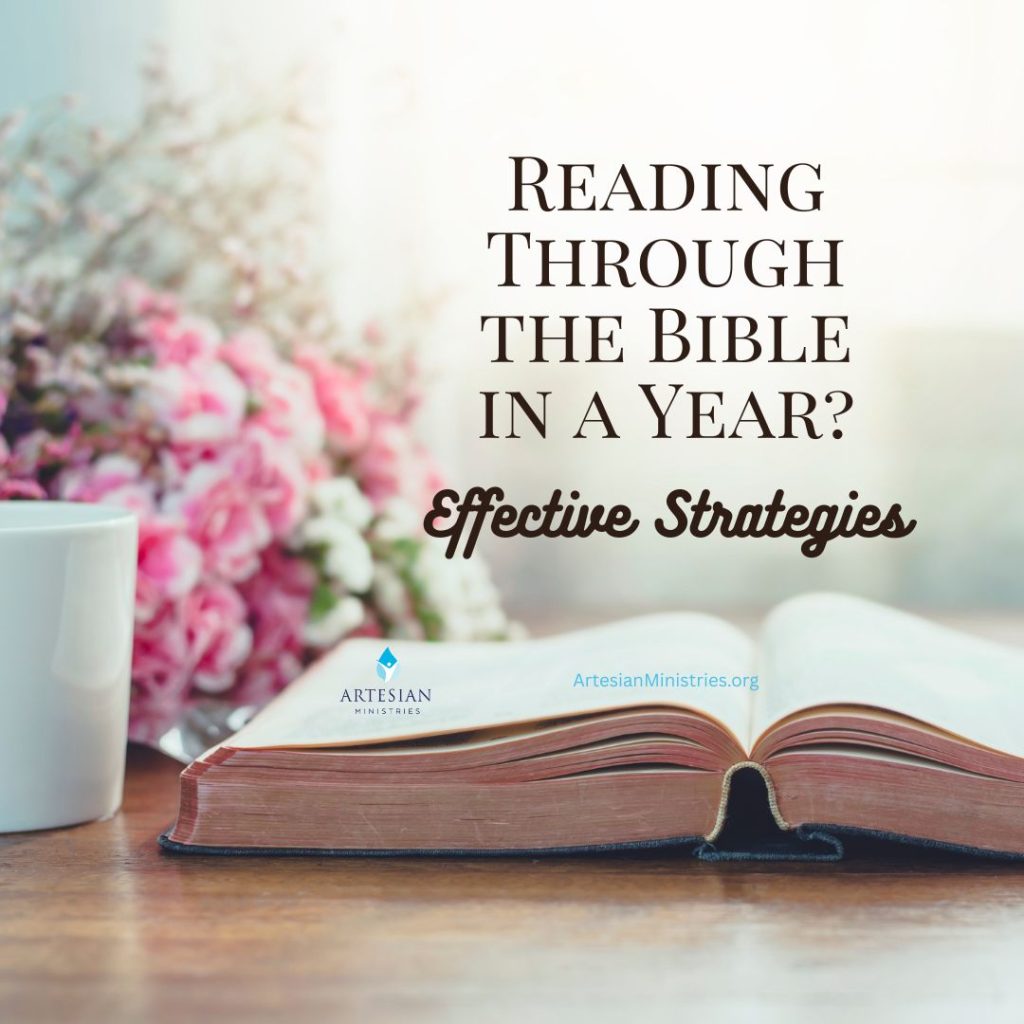
Table of Contents
1. Understanding the Daily Chapter Goal
Before jumping in, it’s helpful to know that reading the entire Bible in a year generally means covering about three chapters each day. The exact number comes from 1,189 chapters of the Bible divided by 365 daily readings to read the entire Word of God.
This daily goal is a great way to make the whole thing feel more manageable and less intimidating. By breaking your reading into these small pieces, you’re creating a steady rhythm rather than rushing through. Remember, the aim is not speed but steady, meaningful engagement.
- Total Chapters in Bible: There are 1,189 chapters across both Old and New Testaments, meaning your daily reading progress has a clear target. This number includes everything from Genesis to Revelation, giving you a full picture of the whole Bible.
- Simple Math for Daily Goal: Dividing chapters by days is straightforward: 1,189 ÷ 365 = 3.25 chapters daily to finish the entire book in a year, ensuring steady progress without feeling overwhelmed.
- Daily Habit Formation: Setting a daily chapter goal encourages habit-building, turning reading into a daily little bit of time that blends seamlessly with your routine.
- Mental Chunking: Reading a few chapters at a time prevents burnout and is the best way to retain more by allowing your mind to absorb chunks rather than rushing.
- Flexibility in Goal: While roughly three chapters is a guideline, it’s okay to read a bit more or less some days—consistency over perfection matters most.
Starting with a clear target helps you see the process as a rewarding journey through the Bible, not a deadline sprint. This clarity also allows you to plan your time thoughtfully and adjust as needed. Taking small, consistent steps throughout a calendar year often beats giant leaps followed by burnout.
Example of Daily Chapter Goal Calculation
If you set aside time every day to read exactly three chapters, you’ll finish the entire Bible in roughly 397 days, which is just a little more than a year. By increasing to 4-5 chapters on some days, you can easily complete your reading by the end of the year.
For instance, reading three chapters on weekdays and four on weekends balances the load perfectly. This approach gives you a clear yet flexible path and fewer surprises along the way, making your Bible reading feel purposeful and achievable.
Related: Top 50 Encouraging Psalms in the Bible for Every Day

2. Consider Your Reading Speed and Style
Not everyone reads at the same pace, nor does everyone enjoy the same reading style. These different ways make a difference in your daily Bible reading plan. This means your ideal chapter count might differ from the rough average.
Some chapters have dense stories or poetic verses that invite reflection, slowing your pace. Others are more straightforward or repetitive, allowing faster reading. Honoring your natural reading rhythm can make this spiritual habit more enjoyable and sustainable.
- Poetry and Prophecy Chapters: Books like Psalms and Isaiah often require slow, thoughtful reading to grasp their depth and nuances. Each particular book may impact how many chapters you manage in one sitting.
- Narrative vs. Instruction: Story-heavy books like Genesis or the Gospels might flow faster, while letters (Epistles) can be denser in meaning, requiring slower reading.
- Reflective Pauses: A lot of people choose to pause to journal or pray after certain chapters, naturally decreasing the number completed in a day.
- Personal Reading Preferences: Some prefer soaking in small sections deeply, while others enjoy broader overviews, influencing daily chapter goals.
- Adjusting Pace Without Guilt: It’s okay to read less on days when life feels hectic or you crave slower reflection, keeping the experience positive. Your biggest challenge is consistency.
Acknowledging your natural reading style helps you avoid frustration and enriches your experience. Flexibility in chapter counts lets you savor the Bible’s richness without feeling pressured by arbitrary goals.
Example of Matching Reading Style with Chapter Length
If you enjoy meditating on Psalms, you might spend twenty minutes on just one chapter, soaking in its beauty and prayers. In contrast, during narrative sections of different books like Exodus, you may quickly read through several chapters at one time.
Understanding this rhythm allows you to plan days with lighter or heavier reading and feel good about your progress, regardless of chapter count.
Related: Powerful Bible Verses to Start Your Day with God

3. Balancing Lengths of Different Bible Books
The Bible varies wildly in chapter lengths—some chapters are short, others quite lengthy. Recognizing this can help you balance your daily reading so that you don’t get bogged down by a heavy chapter and lose momentum.
It might feel more rewarding to pair a long chapter with shorter ones or adjust your reading spread across days.
- Long Chapters: Books like Psalms contain chapters of varied length—some just a few verses, others extending much longer—requiring time adjustments.
- Short Chapters: New Testament books sometimes have brief chapters that you can breeze through in minutes, helping you catch up or take a breather.
- Mixing Lengths: Pairing a long chapter followed by a few shorter ones helps maintain a balanced pace and keeps your daily reading time consistent.
- Plan for Heavy Sections: The Book of Numbers and Chronicles can be dense and lengthy, so allocating smaller daily chapter goals during such books helps maintain enthusiasm.
- Using Chapter Length Guides: Some reading plans offer chapter length guides, helping readers anticipate and prepare for tougher days.
Being mindful of chapter lengths removes surprises and keeps your reading experience pleasant, preventing frustration from days with unexpectedly massive chapters.
Example of Length-Balanced Reading Approach
Suppose you have a day with Psalm 119, which is famously the longest chapter in the Bible with 176 verses. Instead of tackling it all at once, you might read half one day and half the next or offset by including several brief New Testament chapters. This way, your devotional time stays manageable and uplifting, perfectly suited to your schedule.
Related: Inspiring Bible Verses to Encourage New Christians
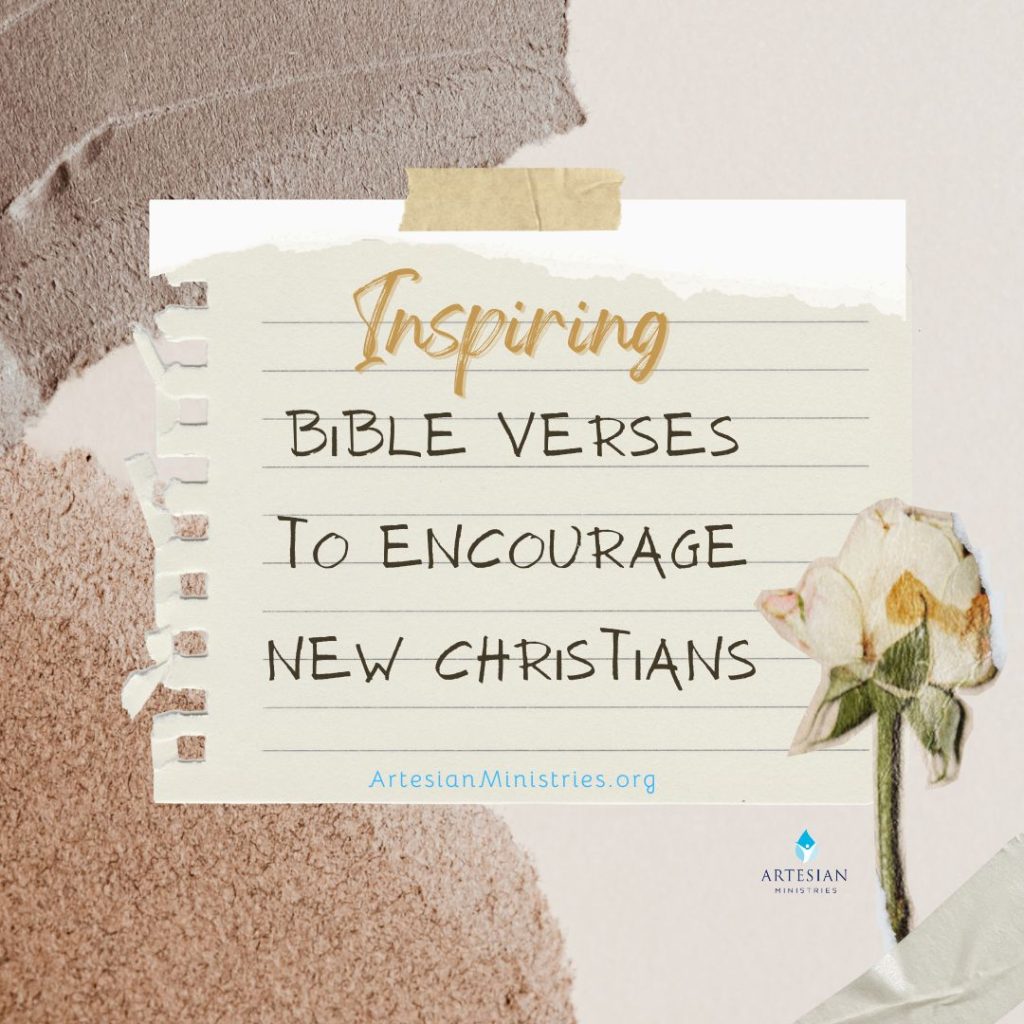
4. Finding the Best Time for Your Reading
Identifying a consistent and comfortable time to read your daily chapters can turn this practice into a steady habit. There are several Bible translations, so pick one that best fits your understanding.
Whether you’re a morning person savoring quiet moments or a night owl winding down with a peaceful reading, the ‘when’ matters just as much as the ‘how much.’ Integrating Bible reading naturally into your daily rhythm makes it less of a chore.
- Morning Quiet Time: Many find the early morning a perfect chance to read because the mind is fresh and distractions are fewer, fostering deep focus.
- Evening Reflection: Others prefer evenings to meditate on the day’s reading, using it as a gentle transition from a busy day to a restful night.
- During Commutes or Breaks: For those on tight schedules, audio versions during commutes or reading on breaks provide uninterrupted moments to engage.
- Weekends or Flexible Days: Some read more on weekends when leisure allows, balancing lighter weekday reading with deeper weekend study.
- Planning Around Daily Energy: Knowing when your attention peaks helps maximize absorption and enjoyment of the chapters.
Consistency in timing encourages a natural rhythm and helps your daily chapters feel like a nourishing part of your schedule rather than an obligation. Choose a straight read through the Bible or a chronological reading plan because both will get you through God’s holy Word.
Example of Tailoring Reading Time to Your Day
You might choose to wake up fifteen minutes earlier to read your chapters, enjoying a peaceful start and fresh perspective first thing. Alternatively, listening to an audio Bible through a Bible app during a lunch break or commute can keep you connected even on hectic days.
By pairing your reading time with daily routines, you reduce resistance and make your Bible reading more accessible and enjoyable. Each book of the Bible will increase your knowledge of God and His plan of salvation.
Related: Best Pens and Supplies for Ultimate Bible Journaling

5. Using a Reading Plan for Consistency
Following a structured Bible reading plan can be a game-changer when aiming to finish the Bible in a year. These plans break the text into daily portions, often balancing Old and New Testament readings for variety and context.
A plan takes the guesswork out of how many chapters to read and when, offering gentle guidance and built-in accountability.
- Variety in Plans: Options range from straight chapter-by-chapter plans to thematic or chronological plans that enhance understanding and maintain interest.
- Balancing Testaments: Many plans mix Old Testament stories with New Testament teachings each day, providing a holistic view and avoiding feeling stuck in one section.
- Built-in Reminders: Apps and printed plans often include daily alerts, helping you stay on track even when life gets busy.
- Community Support: Reading plans often come with online groups or forums, creating a sense of community and encouragement.
- Adjustable Plans: Good plans allow flexibility, letting you catch up or pause without losing momentum or feeling guilty.
Using a plan provides structure while still allowing personal pace adjustments. This makes your year-long journey smoother and more motivating. A chapter checklist (like one of these) helps you mark your progress.
Example of a Balanced Bible Reading Plan Day
A typical daily reading might include Genesis 5 (Old Testament genealogy), Matthew 3 (New Testament teaching), and a Psalm like Psalm 8 for reflection. This blend keeps your reading fresh and spiritually enriching, preventing monotony. Following such a plan ensures that in a year, you’ll travel through the entire Bible thoughtfully and systematically.
Related: What is the Longest Psalm Contained in the Bible?
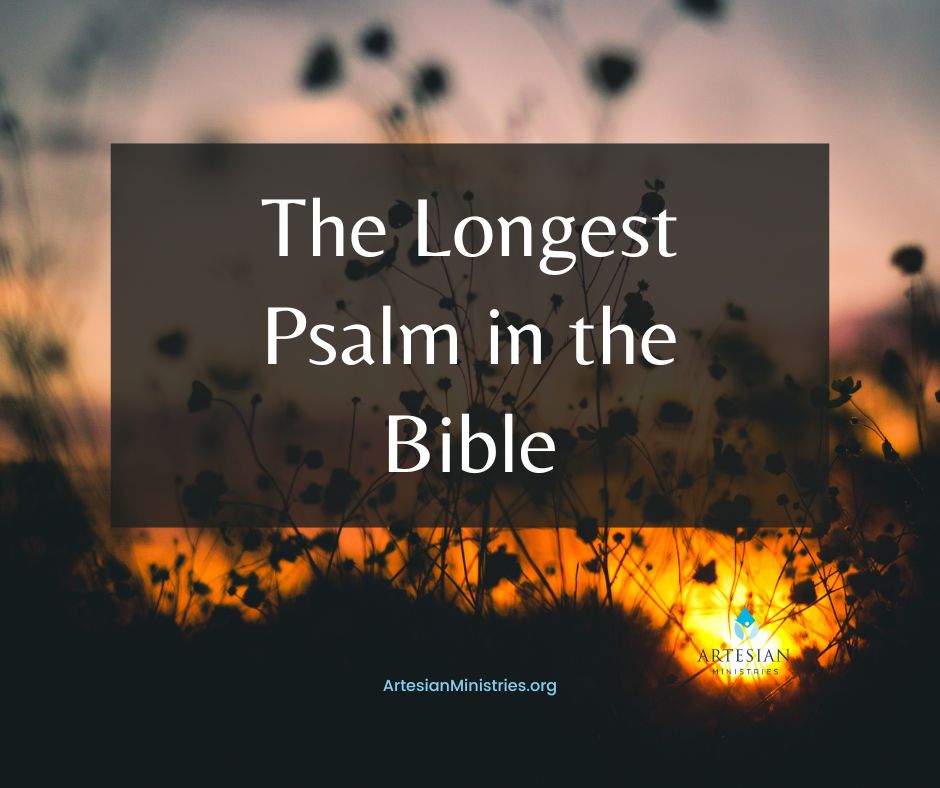
6. Tracking Progress to Stay Motivated
Keeping a record of your daily reading can be surprisingly rewarding and encouraging. Whether you use a journal, a checklist, or a digital app, seeing your progress visually boosts motivation and commitment. It’s also a helpful way to notice patterns—for instance, if certain weeks tend to be slower—so you can adjust your approach.
- Daily Journaling: Writing down thoughts or summaries after reading can deepen engagement and provide proof of your journey.
- Checklists: Simple daily tick boxes build a pleasing routine and a clear visual of consistent effort over time.
- Digital Apps: Bible reading apps offer progress tracking with statistics and reminders that celebrate milestones.
- Reflective Notes: Some track questions or prayers inspired by their readings, turning the habit into a personalized spiritual diary.
- Rewards and Encouragement: Marking progress with small personal rewards or sharing milestones with friends fosters continued enthusiasm.
Tracking doesn’t just measure the quantity but enriches the quality of your experience, turning reading into a lively, interactive journey.
Example of Using a Reading Tracker
Imagine an app showing a calendar where each day’s reading is highlighted when completed. Over weeks, you can see streaks forming and get encouraged to keep the chain unbroken. Additionally, journaling after each reading session might help you capture meaningful insights or questions, keeping your spiritual connection alive and vibrant.
Related: Free Bible in One Year Reading Plans-Printable
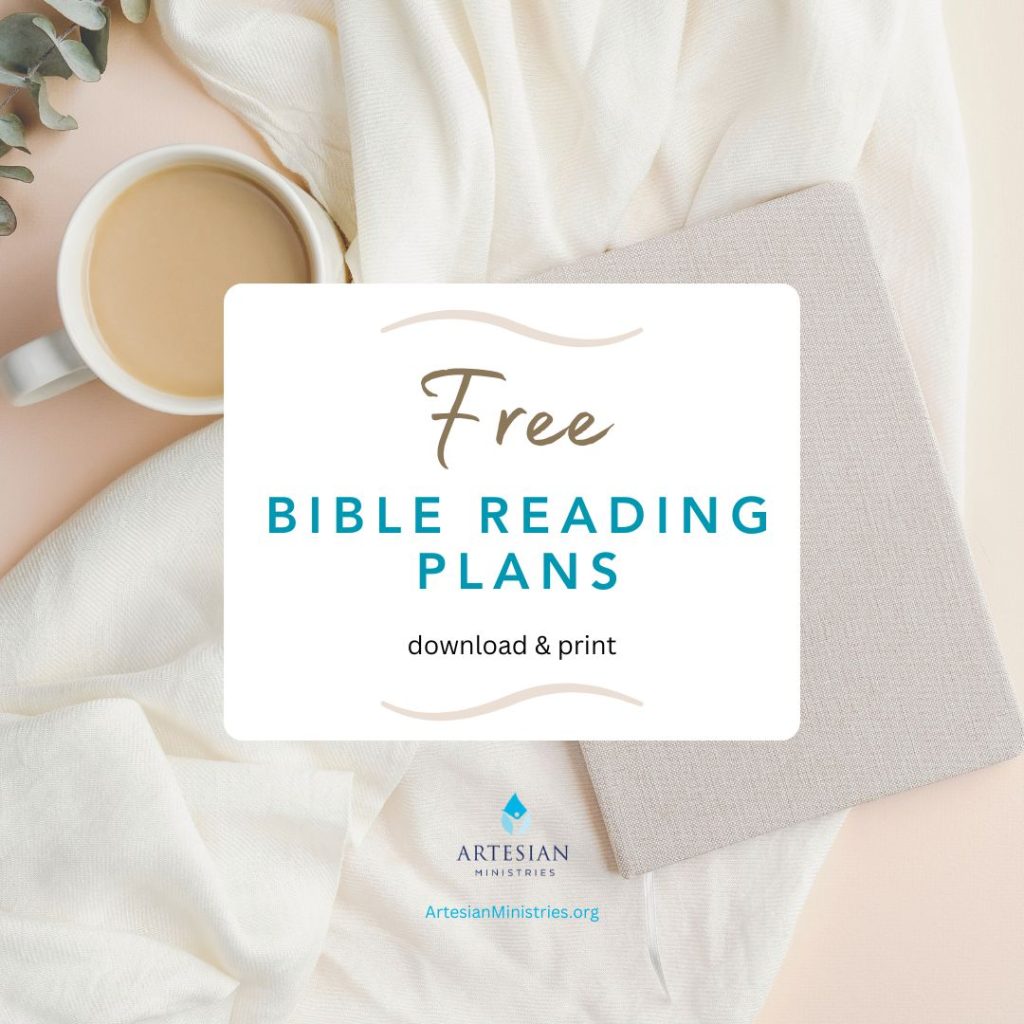
7. Adjusting Your Goal When Life Gets Busy
Life happens, and some days or weeks won’t allow you to keep pace with the three chapters daily goal. Adapting without guilt helps maintain enjoyment and long-term success. Recognizing that flexibility is part of a sustainable Bible reading habit keeps your journey positive and accessible.
- Flexible Daily Goals: You might reduce your daily chapters temporarily during busy periods and increase when free again to maintain balance.
- Weekend Catch-ups: Saving heavier reading for weekends or slow days can help cover missed sections without stress.
- Prioritizing Quality Over Quantity: Allow yourself to read less but stay focused and reflective when pressed for time, making each chapter count.
- Using Audio Resources: Listening to chapters when physically unable to read keeps you connected despite time constraints.
- No Guilt Policy: Accepting that missing a day or reducing chapters is normal helps avoid discouragement and burnout.
Adjusting your reading pace as life unfolds makes your practice more sustainable and aligned with your real-world rhythms.
Example of Adjusting Reading in a Busy Week
If you find yourself facing an intense workweek, you might read one chapter nightly and listen to another during commutes. Over the weekend, you could spend extra time reading three or four chapters in the Bible to catch up. This kind of flexible strategy keeps your overall goal intact while respecting your daily circumstances.
Related: How Many Chapters and Verses Are There in the Bible?
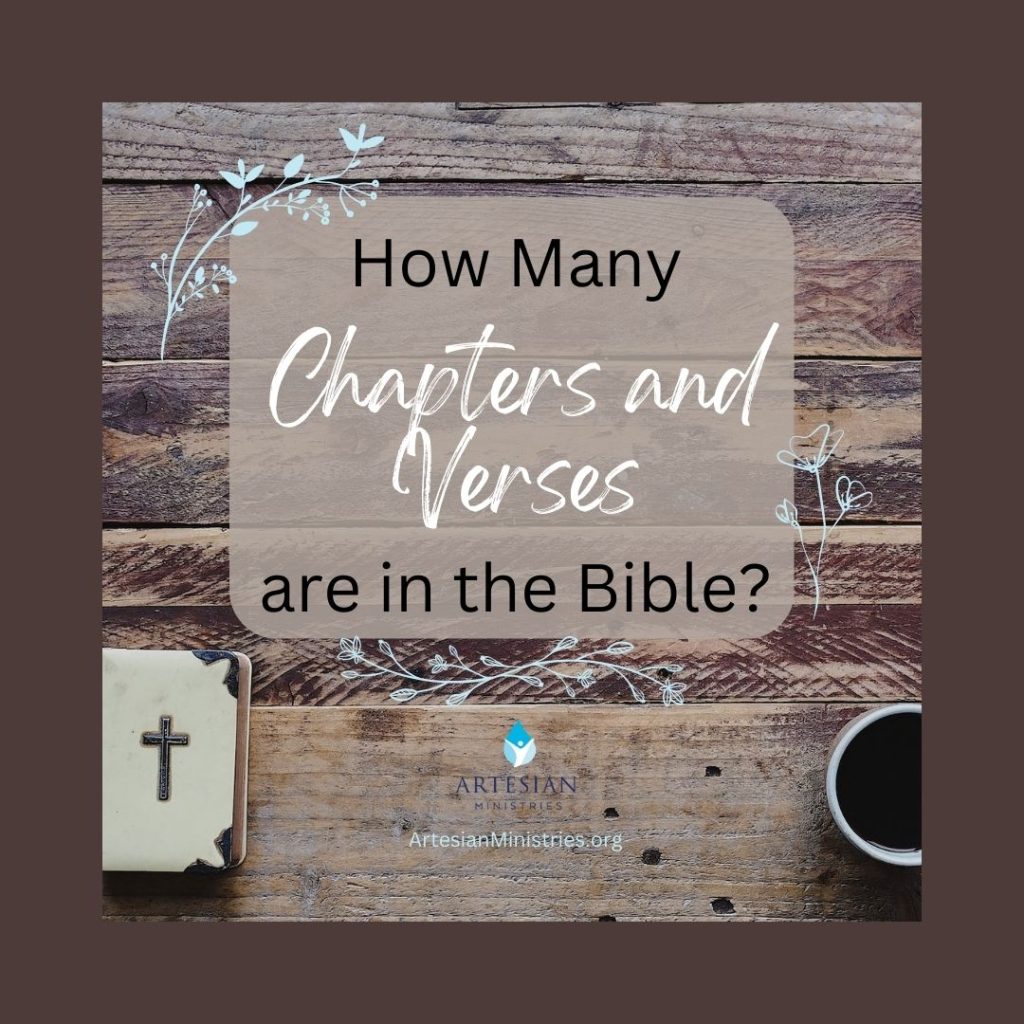
Bottom Line
Setting out to read the Bible in a year can seem daunting. However, if you focus every single day on your goal and balance your workload, it does not take as much time as you might think. God’s Word is a priceless treasure. Scripture reading and Bible study are blessings for any amount of time you invest.
Related Posts:
- Best Bible Reading Plans
- Warriors in the Bible: 13 Essential Life Lessons to Learn
- 50 Motivational Bible Verses About Aging Gracefully
About the Author
Donna is a sought-after speaker, multi-published author, and Bible teacher. Her path from unchurched to becoming passionate about sharing Jesus was difficult. Read about her God-breathed journey: “From Unchurched to Becoming a Multi-Published Author and Sought-After Speaker.” If you want to send Donna a quick message, visit her here.

{Some of these links are affiliate links. If you purchase through that link, the ministry may receive a small commission at no extra cost to you.}
